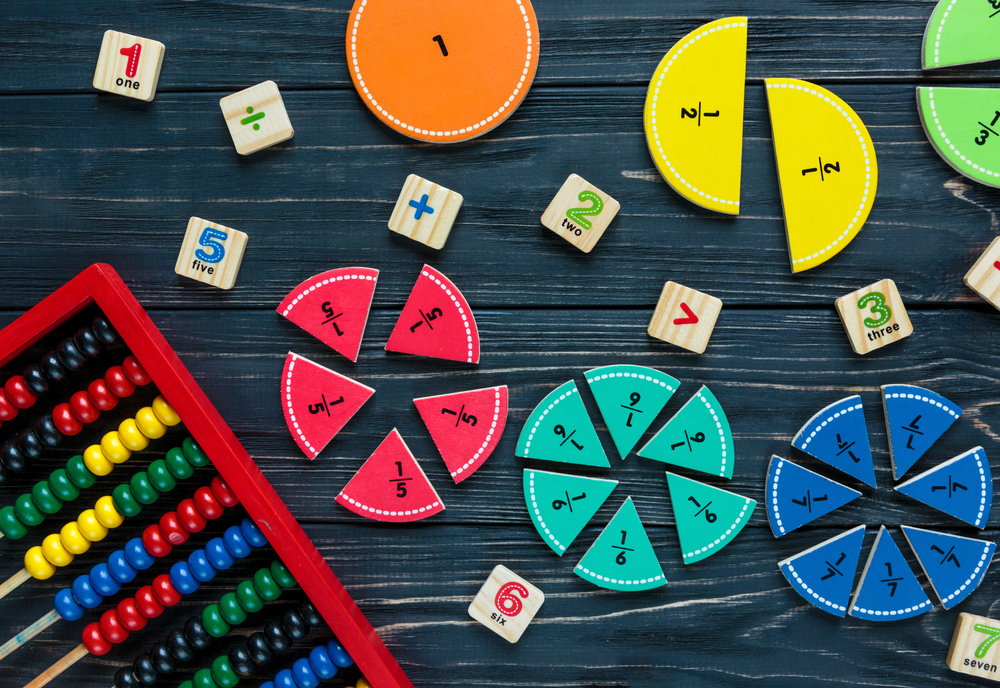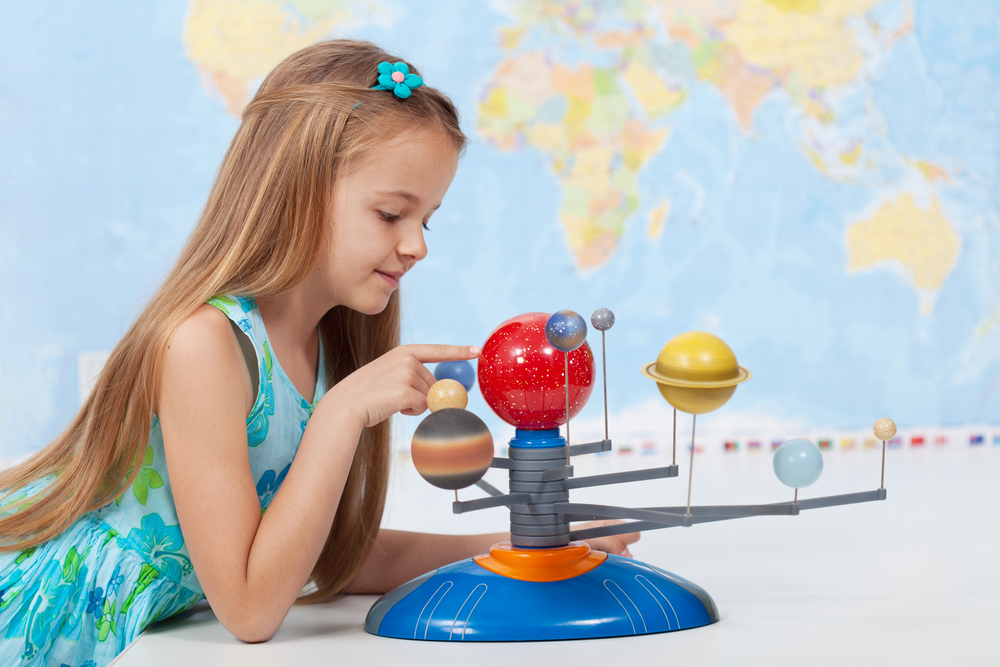Identifying objects Worksheets for Ages 5-9
5 filtered results
-
From - To
Explore our "Identifying Objects Worksheets for Ages 5-9" designed to engage young learners in recognizing and naming everyday items. These fun and interactive worksheets foster essential cognitive skills while enhancing vocabulary. Perfect for preschoolers and early graders, the activities encourage children to identify, categorize, and describe various objects, aiding their developmental journey. With colorful illustrations and age-appropriate content, our worksheets make learning enjoyable and effective. Ideal for classroom settings or homeschooling, these resources can be easily downloaded and printed, allowing for convenient and versatile learning experiences that make identification a joyful adventure for young minds. Start your journey today!
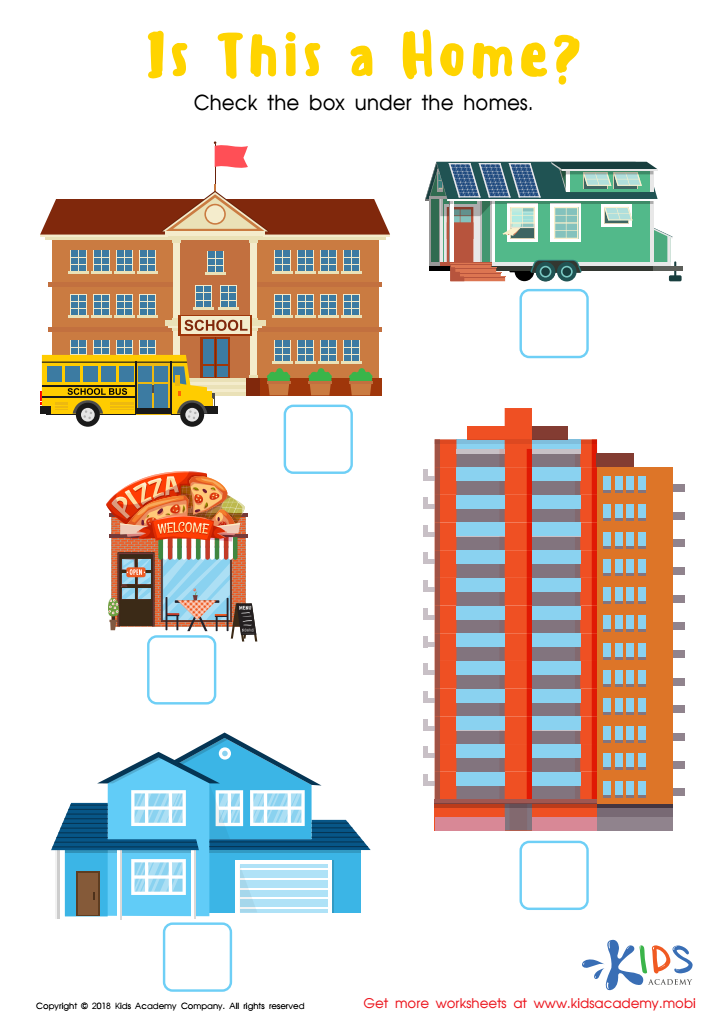

Is this a Home? Worksheet
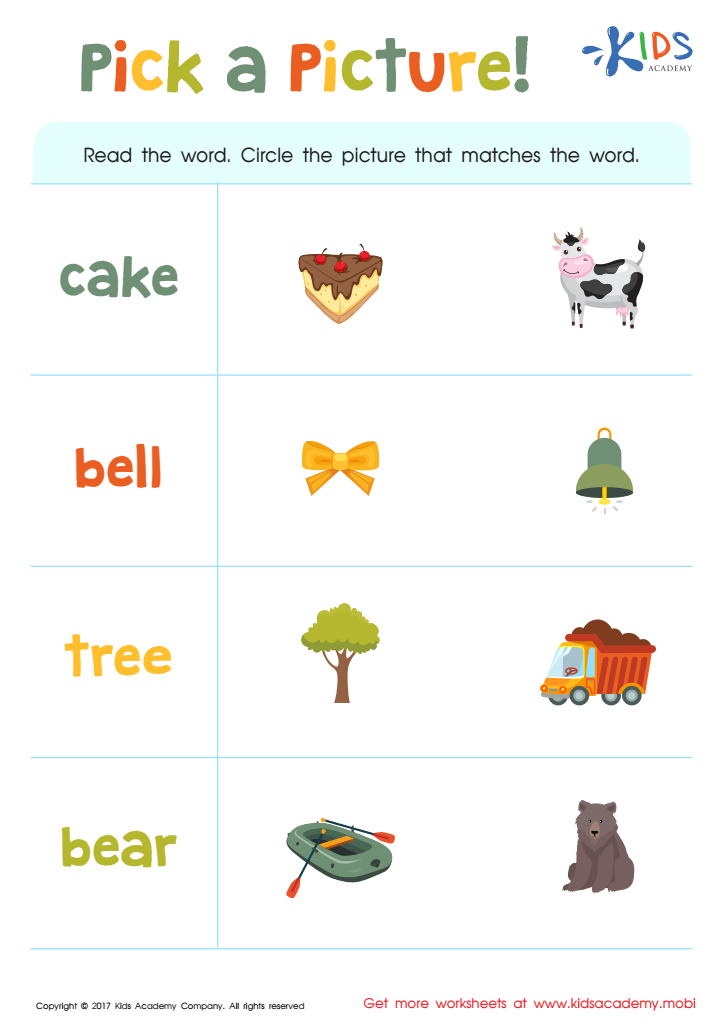

Pick a Picture Word Recognition Worksheet
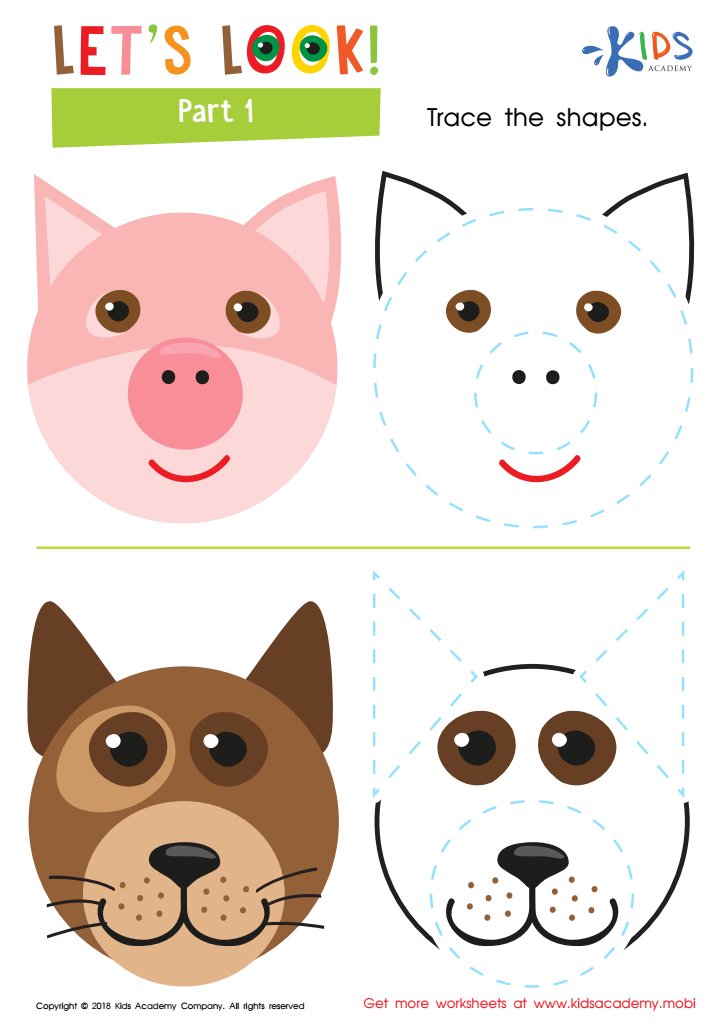

Let's Look! Part 1 Worksheet
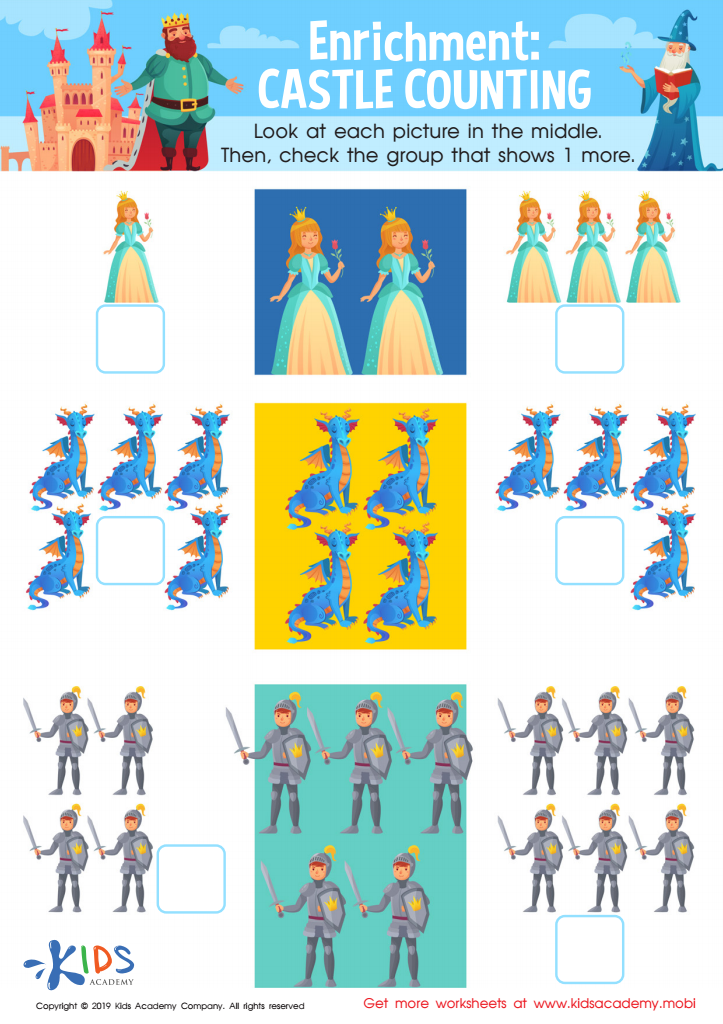

Enrichment: Castle Counting Worksheet


What to Mail? Worksheet
Identifying objects is a fundamental skill for children aged 5-9 that significantly influences their cognitive development and everyday interactions. For parents and teachers, fostering this skill lays the groundwork for successful learning across various subjects. Recognizing and naming objects helps enhance vocabulary, promotes language acquisition, and aids comprehension skills. By engaging with objects, children learn to categorize and classify items, which strengthens their reasoning abilities and paves the way for more complex analytical thinking in the future.
Moreover, this skill encourages observational learning. Children who can identify objects tend to be more proficient in their environment, fostering independence and confidence in navigation. From sorting shapes in preschool to identifying animals and plants in grade school, these activities develop critical thinking and problem-solving abilities.
Attention to this area also supports social skills; being able to discuss and share knowledge about objects allows for better interaction with peers, nurturing collaboration and communication skills. Overall, parents and teachers should prioritize identifying objects not just as a single skill, but as a pathway to holistic development that enhances learning, supports emotional intelligence, and fosters a love for exploration and curiosity in the world around them.
 Assign to My Students
Assign to My Students





